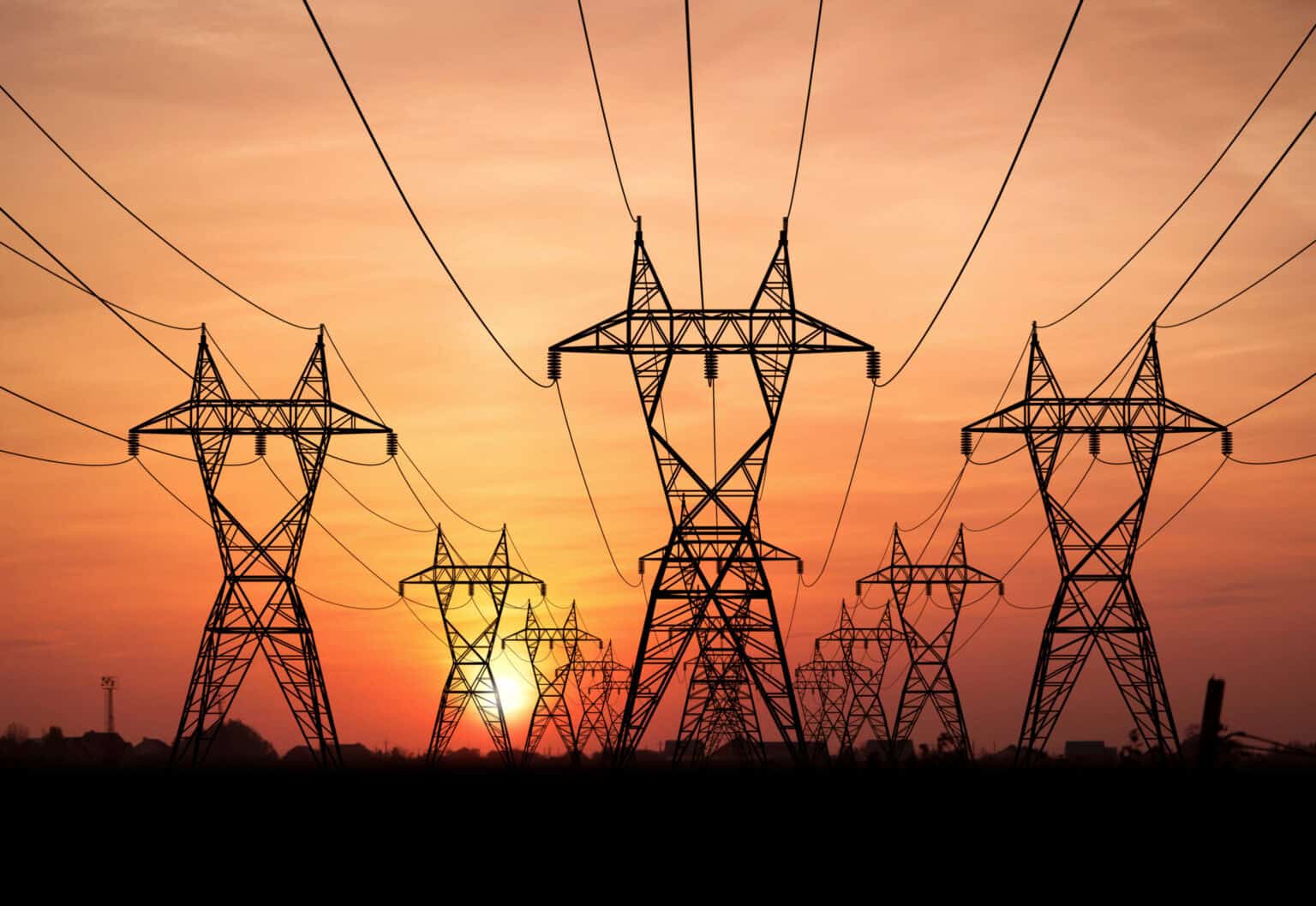The country has gone 154 consecutive days without load shedding.

Eskom says the national power system remains stable, supported by sustained improvements in generation performance as the country approaches the six-month mark without load shedding.
According to the parastatal, a daily Energy Availability Factor (EAF) performance of 70% or higher was recorded on approximately 22 occasions between August and September 2025.
EAF
This milestone, Eskom said, was largely driven by a reduction in unplanned losses.
“As a result, EAF performance for the whole month of September 2025 reached 70.27%, marking a significant achievement in Eskom’s recovery journey.
ALSO READ: Ramokgopa details government’s R2.2 trillion investment in move towards green energy
“From 1 to 16 October 2025, the EAF stands at 62.76%, an improvement from 60.56% recorded during the same period last year. However, the slight week-on-week dip is due to increased planned maintenance, aligned with Eskom’s maintenance schedule and ongoing efforts to improve plant reliability and operational consistency,” the utility said.
Diesel
Eskom said that from 1 April to 16 October 2025, diesel expenditure remained consistently below budget.
“From 1 April to 16 October 2025, Eskom generated 1022.35GWh from Open Cycle Gas Turbine (OGCT) plants, with diesel expenditure totalling R6.066 billion—an increase from last year’s 943.51GWh.
“In the past week, diesel spending was R83.6 million at a load factor of 2.32%, which is lower than the same period last year (where spending was R263 million at a 7.69% load factor),” Eskom said.
Load shedding
Eskom said the country has gone 154 consecutive days without load shedding, with only 26 hours recorded between 1 April and 16 October 2025.
“To further strengthen grid stability, Eskom plans to return a total of 3 890MW of generation capacity to service ahead of the evening peak on Monday, 20 October 2025, and throughout the coming week.”
Load reduction
However, Eskom warned that, despite the overall stability and reliability of its power system, load reduction remains necessary in certain high-risk areas to safeguard infrastructure and ensure public safety.
“This is primarily due to electricity theft through illegal connections and meter tampering, which compromises the integrity of the network. These activities often result in equipment damage, transformer overloads, and, in severe cases, explosions and prolonged outages.”
Eskom added that it is committed to eliminating load reduction within the next 12 to 18 months.
This, it said, will be achieved by addressing 640 000 illegal connections, upgrading infrastructure — including the installation of smart meters — curbing illegal electricity vending, and expanding access to free basic electricity in priority areas.
ALSO READ: Eskom reports full year profit for the first time since 2017 amid soaring municipal debt






